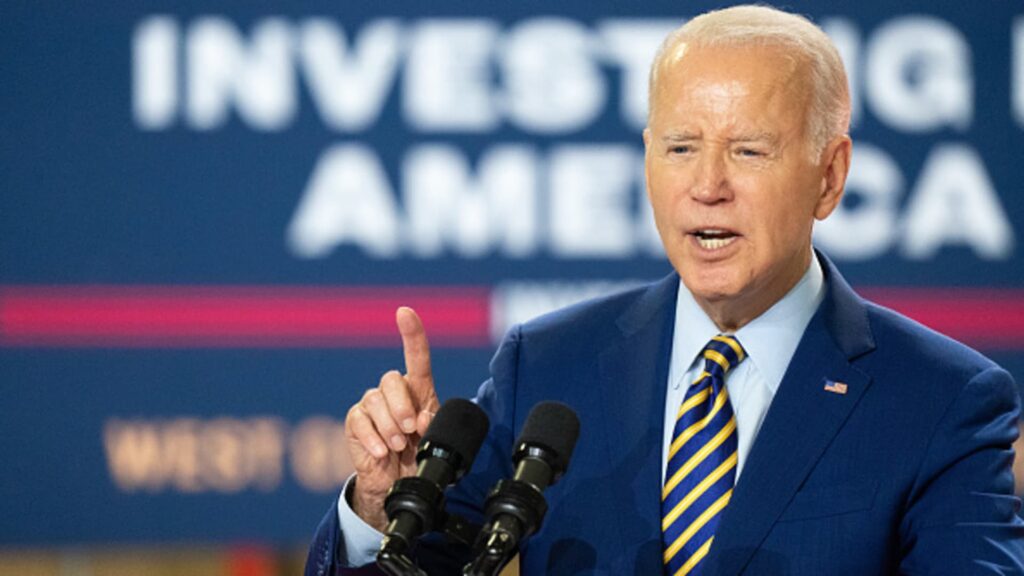President Joe Biden speaks about his economic plan at the Flex LTD manufacturing plant in West Columbia, South Carolina, on July 6, 2023.
Sean Rayford | Getty Images
Since the Biden administration’s first student loan forgiveness plan was rejected at the Supreme Court, it has been working on creating a new, legally viable relief package.
That debt cancellation could come as soon as this year. The alternative plan, which has become known as Biden’s “Plan B,” could forgive the student debt for as many as 10 million people, according to one estimate.
While Biden first attempted to cancel student debt through an executive order, he has now turned to the rulemaking process.
The U.S. Department of Education and the negotiators tasked with determining who will be eligible for the president’s revised aid have identified five groups of borrowers.
1. Those who owe more than they borrowed
Borrowers with outstanding federal student loan balances that exceed what they originally borrowed may be among those who qualify for the cancellation.
A person’s student debt can balloon for a number of reasons, said Nadine Chabrier, a senior policy and litigation counsel at the Center for Responsible Lending.
“Unfortunately, it is very common,” Chabrier said.
More from Personal Finance:
The best money advice I heard this year as a CNBC reporter
Op-ed: Money dates are great — but not on Valentine’s Day
Black Americans face ‘disproportionately steep hurdles’ to homeownership
Student loan servicers, the companies the Education Department contract with to service its debt, have a record of steering consumers into forbearances and deferments, she said. These options for struggling borrowers can keep loans on hold for many years, but interest often continues to accrue.
Scott Buchanan, executive director of the Student Loan Servicing Alliance, a trade group for federal student loan servicers, denied that the companies benefit by veering from the government’s orders.
“We are incentivized to meet the…
Read the full article here





